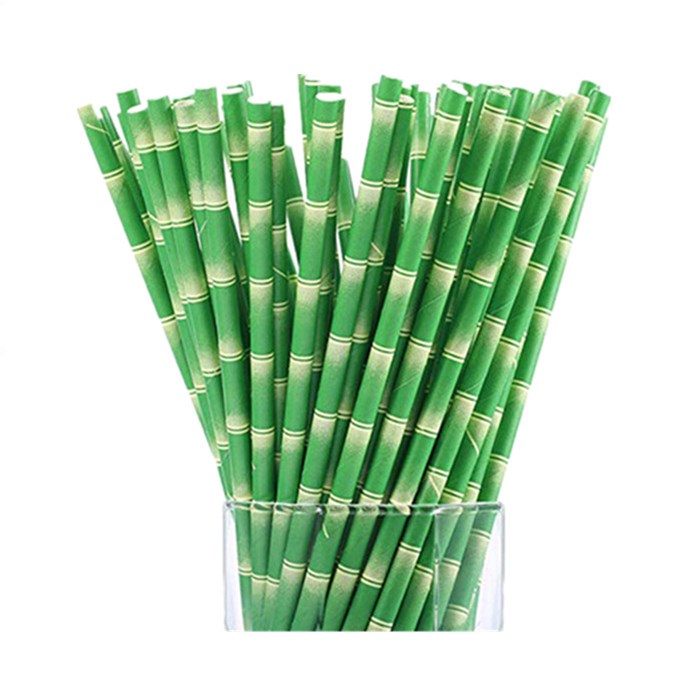According to the research of the frozen food research institute and the food Market Research Institute of the United States, the retail frozen food market with sales of 56.7 billion US dollars is growing. In 2019, the consumption amount in us Terms is 2.6% higher than that in 2018. But a large number of consumers believe that the frozen food packaging with moisture-proof, antifreeze special coating, so it is not recyclable.
The paperboard packaging Committee (PPC) conducted a survey on the recycling of all frozen food cartons such as ice cream, bacon and microwave food in 2019. These member enterprises accounted for 80% of the North American market. The results show that about 90% (by mass) of the folding cartons transported to the frozen food industry are made of recyclable grade cardboard, 70% of which are made of standard, uncoated cardboard, and 20% of which are made of wet strength cardboard. These two materials are easy to recycle and do not need special treatment before the recycling of ordinary waste paper.
Part of the reason why frozen food packaging is considered non recyclable may be due to the difference between primary packaging and secondary packaging. Manufacturers of all kinds of consumer goods distinguish between primary packaging and secondary packaging. In short, primary packaging is the last layer of packaging between consumers and products, such as cartons for milk and cans for soft drinks. Secondary packaging refers to the packaging of single package products together, such as the cardboard of soft drink cans packed into boxes, the film of dozens or hundreds of boxes bundled together on pallets, etc.
In terms of food packaging, some coatings used in the primary packaging of some products may not be recyclable. But for a full set of paper secondary packaging, the vast majority of materials can be recycled and transformed into other useful products, which helps to establish a circular economy and cope with climate change.
Post time: Mar-04-2021

